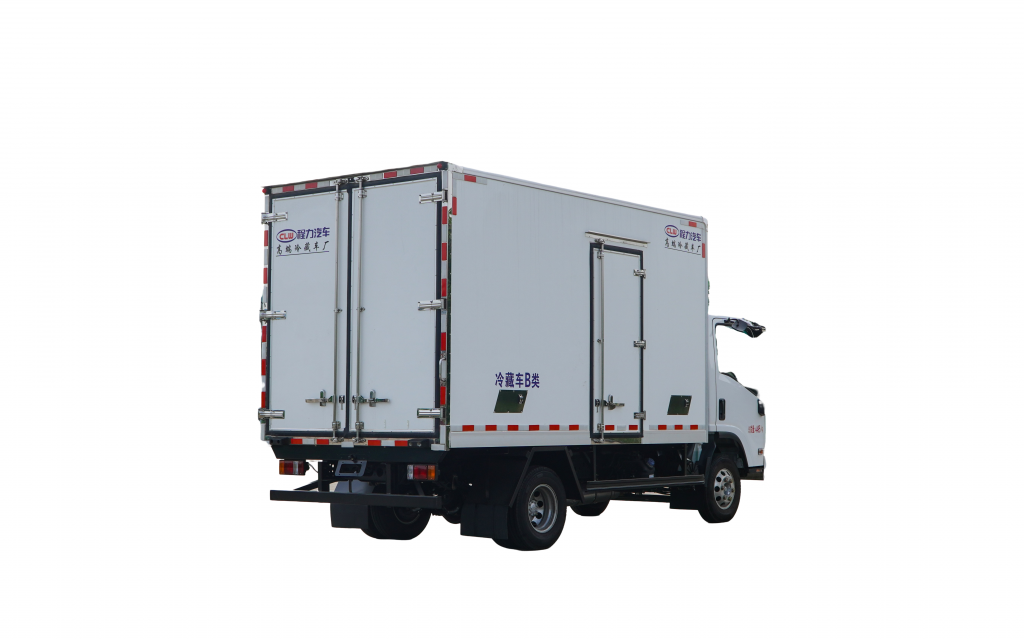Introduction
Truck-mounted cranes have become indispensable tools in the construction industry, offering a versatile and efficient solution for lifting and transporting heavy materials. These cranes are mounted on trucks, allowing for easy mobility and quick setup on job sites. In work truck , we will explore the efficiency of truck-mounted cranes in construction projects, discussing their various features, benefits, and best practices for maximizing their performance.
Overview of Truck-Mounted Cranes
Truck-mounted cranes are designed to lift and move heavy objects with precision and ease. They consist of a crane mounted on a truck chassis, providing the mobility and stability required for lifting operations. These cranes come in various sizes and configurations, ranging from small, compact models to larger, more powerful ones capable of lifting several tons of weight.
One of the key features of truck-mounted cranes is their mobility. Unlike traditional stationary cranes, truck-mounted cranes can be easily transported to different job sites, reducing the need for multiple cranes or costly transportation arrangements. This mobility allows for greater flexibility in project planning and execution, as the crane can be quickly deployed wherever it is needed.
Additionally, truck-mounted cranes are known for their versatility. They can be used for a wide range of lifting applications, including loading and unloading materials, erecting structures, and placing heavy equipment. This versatility makes them a valuable asset on construction sites, where the need for lifting and moving heavy objects is constant.
Benefits of Truck-Mounted Cranes
There are several benefits to using truck-mounted cranes in construction projects. Some of the key advantages include:
1. Time-saving: Truck-mounted cranes are known for their quick setup and efficient operation, allowing for faster completion of lifting tasks. This can help reduce downtime on the job site and improve overall project efficiency.
2. Cost-effective: By eliminating the need for additional cranes or transportation equipment, truck-mounted cranes can help reduce project costs. Their versatility also means that they can be used for a wide range of lifting applications, further maximizing their cost-effectiveness.

3. Improved safety: Truck-mounted cranes are equipped with advanced safety features, such as overload protection systems and emergency stop buttons, to ensure safe operation on the job site. This helps minimize the risk of accidents and injuries, creating a safer work environment for construction workers.
4. Increased productivity: The efficiency and versatility of truck-mounted cranes can help boost productivity on construction projects. By streamlining lifting operations and reducing manual labor, these cranes enable workers to focus on other critical tasks, leading to faster project completion.
5. Enhanced maneuverability: Truck-mounted cranes are designed to navigate tight spaces and rough terrain with ease, thanks to their compact size and powerful engines. This makes them ideal for construction sites with limited access or challenging working conditions.
Best Practices for Maximizing Efficiency
To fully leverage the efficiency of truck-mounted cranes in construction projects, it is important to follow best practices and guidelines for their operation. Some key tips for maximizing efficiency include:
1. Proper training: Ensure that operators are properly trained and certified to operate truck-mounted cranes. Training programs should cover crane operation, safety procedures, and maintenance guidelines to ensure smooth and safe operation on the job site.
2. Regular maintenance: Schedule routine maintenance checks and inspections to keep the crane in optimal working condition. This includes checking for signs of wear and tear, lubricating moving parts, and testing safety systems to prevent breakdowns and accidents.
3. Load capacity awareness: Be aware of the crane's load capacity and never exceed it. Overloading the crane can lead to equipment failure and pose a serious safety risk to workers on the job site. Always refer to the crane's load chart for guidance on safe lifting operations.
4. Proper setup: Take the time to properly set up the crane before lifting operations. This includes ensuring that the crane is on stable ground, using proper outrigger support, and securing the load with appropriate rigging equipment. A well-planned setup can prevent accidents and ensure smooth lifting operations.
5. Communication: Establish clear communication protocols between the crane operator and other workers on the job site. Use hand signals, radios, or other communication devices to coordinate lifting operations and ensure everyone is on the same page. Clear communication can help prevent accidents and improve overall efficiency.
Conclusion
Truck-mounted cranes play a crucial role in enhancing efficiency and productivity in construction projects. Their mobility, versatility, and cost-effectiveness make them valuable assets on job sites, allowing for quick and efficient lifting operations. By following best practices for operation and maintenance, construction companies can maximize the efficiency of truck-mounted cranes and achieve successful project outcomes. With proper training, regular maintenance, and clear communication, truck-mounted cranes can help streamline lifting operations and improve overall project efficiency.
